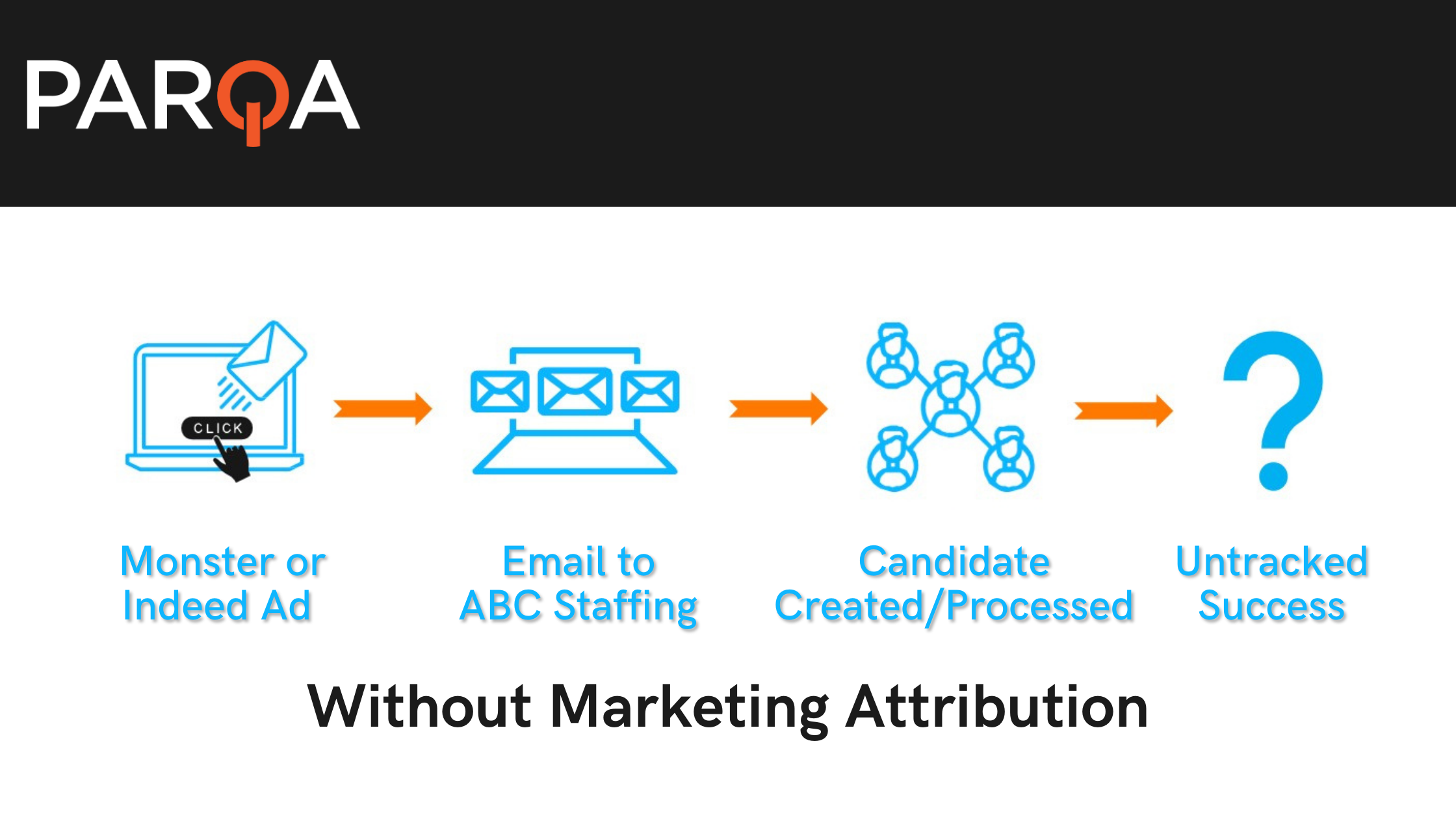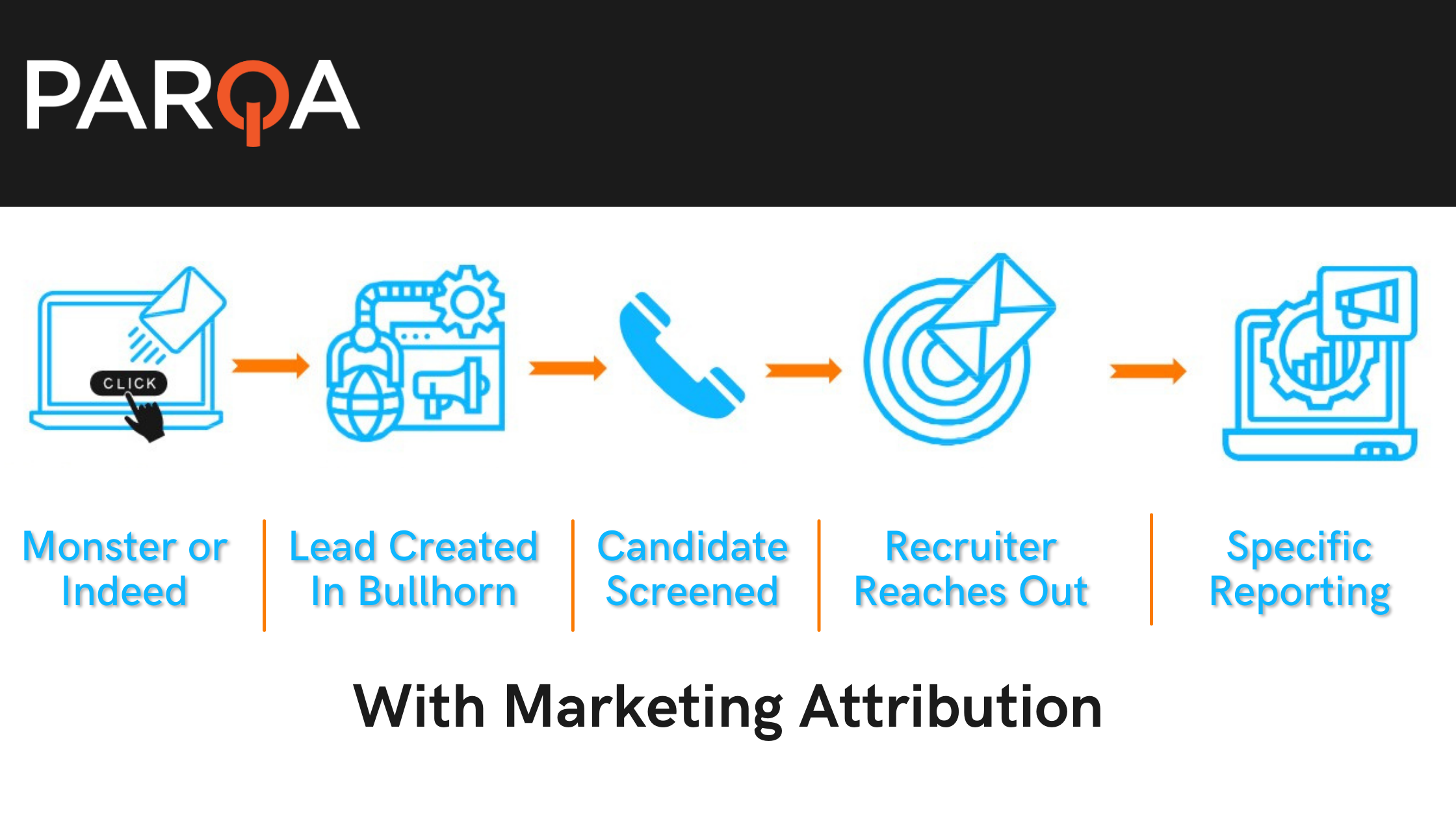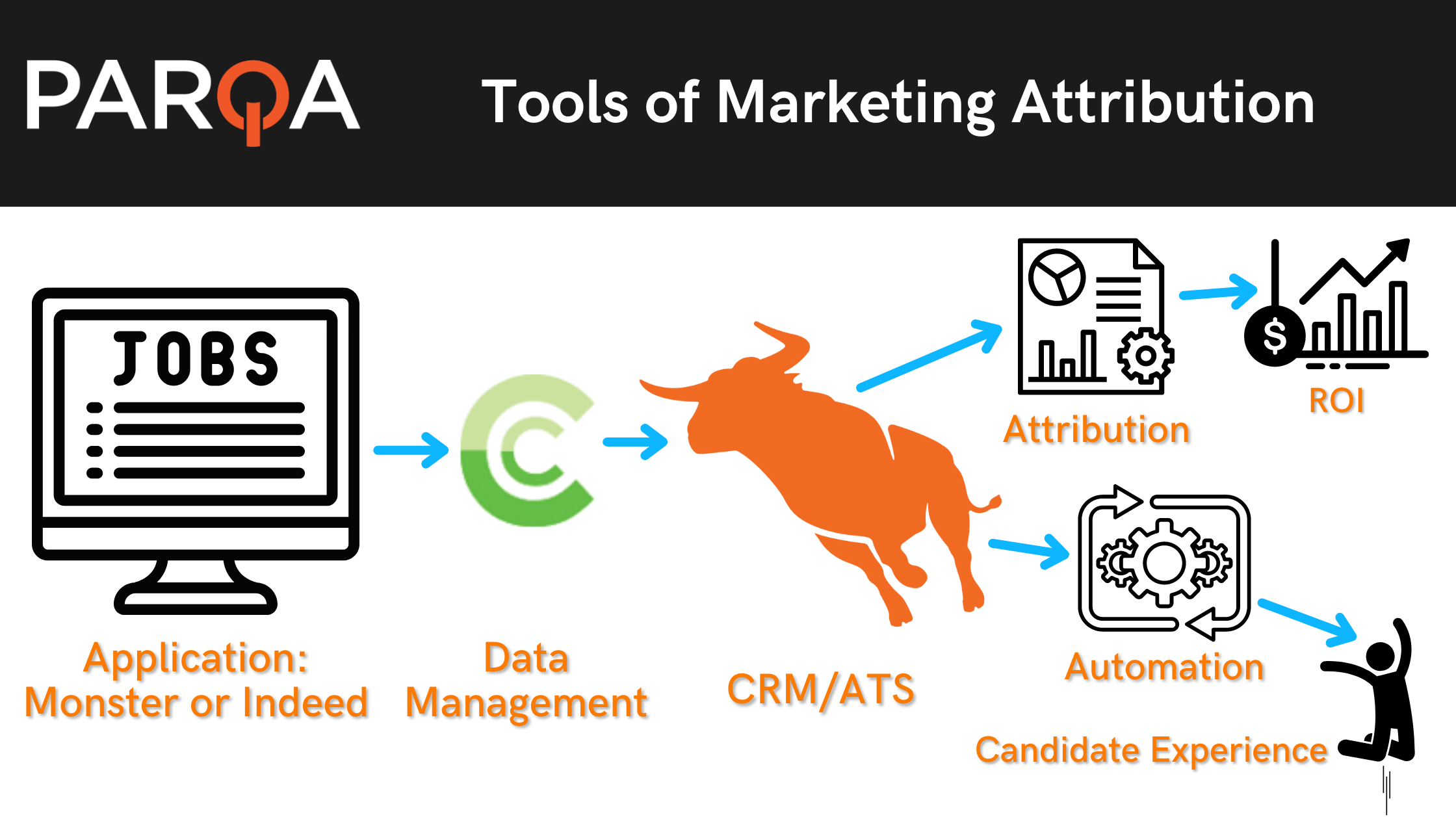Do you know where your leads are coming from? Are your marketing efforts even working? Before marketing attribution, these very simple questions had very complicated answers.
When Toby Hoskins joined Parqa, we weren’t just looking for someone with impeccable taste in hot sauces and hamburgers around the Twin Cities. We needed an industry expert in marketing technology & automation who could answer those questions for our clients.
Toby and his team soon took Parqa years ahead of our time in understanding and implementing data and analytics to create better marketing – marketing that works. In doing so, we got a peek at the future of marketing that looks much different from what many companies are doing now.
Current Marketing Vs. Marketing With Attribution
It’s fair to say, there has always been skepticism around marketing. That’s likely due to an unclear or confusing ROI on marketing efforts. Those were the days before attribution, gathering the real ROI of a $2,000 monthly spend on digital marketing could be very difficult. Even harder would be linking a precise cost-per-lead to those efforts.
With only vague and sometimes misleading information, many decisions for future marketing and strategy were based on a hunch or intuition. The infographic below demonstrates what many staffing agencies are currently working with – a lead responds to an ad on Monster or Indeed, after which their candidate profile is created or they’re placed in a role with little or no tracking.

Did the lead come from Monster, or Indeed? What campaign were they responding to? If you were able to glean any data from that placement, it would have to be gathered and input manually, which is a tall order for an already overworked staffing agent.
But with marketing automation, leads are created in Bullhorn upon application, tracked along the candidate journey and ultimately provide insights of how your marketing is working. And it’d be automated to boot.
Imagine what you could do with the time saved and all that rich data! You could:
- Pull resources from a campaign or platform that is underperforming, or delivering unqualified candidates
- Allocate those resources to double-down on the efforts that are delivering results
- Quantify what marketing is doing for lead generation and help define a baseline cost-per-lead
- Deliver an on-demand staffing experience with rapid turnaround and screening

On a higher level, you’ll create a better overall candidate experience with attribution. You’ll give your leads the opportunity to drive the conversation by replicating messaging that got a positive response. And for candidates who want to know their status in the screening/interviewing/hiring process, you can actually track them in your ATS and give them an accurate answer.
What Attribution Taught Us About Our Marketing ROI
In only the short amount of time since Toby began pulling marketing attribution for our clients, we’ve uncovered a wealth of information about the campaigns we’re creating for our client, and the platforms on which they publish.
Four our quarterly business reviews, we now have the capability to not only deliver a much clearer picture of the ROI for their marketing efforts, but which campaigns are working the best, and which platforms are delivering most, high-quality leads.
It’s important to note the current market right now, in which many staffing agencies are having a hell of a time finding quality leads for their clients. If ever there was a time to create better marketing that can connect with more leads of a higher caliber, it would be now.
And we see a huge potential to discover so much more with attribution.
And that is not even mentioning the time and money saved from moving away from campaigns that aren’t yielding results, and concentrating those efforts on the campaigns or platforms that deliver.
What Are The Tools For Marketing Attribution?
For marketing attribution, your ATS such as Bullhorn is going to be your source of truth. Bullhorn powers automation, attribution, and makes delivering a better candidate experience possible with on-demand staffing.
From your ATS, are two more crucial tools:
- DaXtra Capture
- Cleans data, makes data useable in your database for automation
- Tracks the source of your lead (attribution)
- Herefish
- Powers marketing automation (depending on your data)
- Uses your data and your ATS to build scaleable communication
- Communication on behalf of your organization (thought leadership, blog, traditional marketing)
- Communication on behalf of the recruiter (recruiter emails that are personal, relevant, and timely)
Even though marketing attribution is just one component of a bigger marketing strategy, it becomes essential when you see, as illustrated below, without a clear ROI, your agency will have a difficult time understanding what campaigns and platforms are delivering results.

Work With Parqa For Better Marketing Attribution
At Parqa, we believe in the power of marketing. And we’re prepared to put our money where our mouth is and deliver not just the results your staffing agency is looking for, but a clear picture of what’s working, and how we can make it better.
For better results in attracting and engaging with your clients and candidates, contact Parqa today, and get a more clear return on your investment with better marketing.











